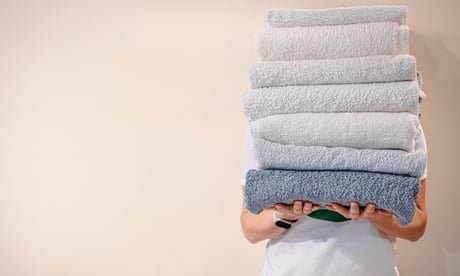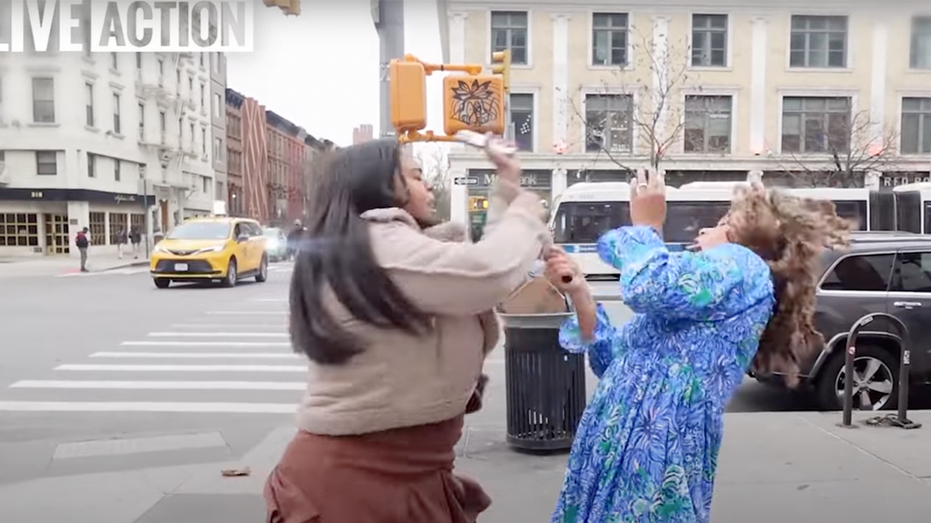- by foxnews
- 05 Apr 2025
Women do 21 hours more unpaid work than men a week, national survey finds
Women do 21 hours more unpaid work than men a week, national survey finds
- by theguardian
- 07 Dec 2021
- in news

Women were doing 21 hours more unpaid work than men a week and experiencing higher levels of psychological distress in the year before the pandemic, a new report has found.
The annual Household, Income and Labour Dynamics in Australia (Hilda) survey is a nationally representative study involving interviews with 17,500 people in 9,500 households.
While household incomes were rising again after years of stagnation, the national snapshot shows poverty was also increasing, and two groups that would be hit hard by the pandemic were already disadvantaged.
Women and young people both reported poorer mental health, while the former were lumped with more of the burden of unpaid work, and younger people were already finding it harder to crack into the labour market.
In 2019, women were doing far more unpaid work than men, the study found, with the gap being particularly large in heterosexual couples with dependent children.
Over the life of the Hilda survey that gap has narrowed, from women doing 28.8 hours a week more unpaid labour than men in 2002 to 20.9 hours in 2019.
Housework was found to be the largest form of unpaid work, followed by caring for children, with the amount of unpaid work escalating sharply after the birth of a first child.
This is about 40% higher since 2007, when 18% and 15% of women and men reported experiencing psychological distress.
It is also affecting more young people than ever before: 30% of people between the age of 15 and 24 experienced psychological distress in 2019 compared to 21% in 2007. Indigenous women were slightly more likely than non-Indigenous women to grapple with it.
In the study, participants were asked a series of questions including whether they had felt tired out for no good reason, nervous, restless, depressed or worthless, among other things.
It was important to look at the relationship between economic circumstances and mental health, too, said Botha, with the study showing a correlation between higher income and lower likelihood of psychological distress.
On a year-to-year basis, Hilda found 32.2% of those in the lowest income quintile were likely to move up in economic position between 2001 and 2006, compared with 30.9% between 2013 and 18.
At the same time, those in the top bracket were more likely to remain in the highest income quintile: the proportion who remained there rose from 70.% in 2001-2006 to 74% in 2013-2018.
Over the life of the study, relative poverty rates have fluctuated, from a peak of 13.2% in 2007 to 9.8% in 2016.
But since then they have increased again each year, hitting 11.3% in 2019.
Hilda also found young people are living at home for longer, with a rise in the number of women between the ages of 18 to 25 still living with their parents.
In 2019, 72% of women aged 18 to 21 and 50% of women aged 22 to 25 lived with their parents, up from 67.7% and 32.3% respectively in 2001.
Wilkins said that in general young people were less likely to be in full-time work, while university graduates were finding their incomes remaining stagnant when they did enter the workforce.
- by foxnews
- descember 09, 2016
Excavation near site where Jesus was crucified and buried results in ancient discovery
Proof of ancient olive trees and grapevines, consistent with a Bible verse, has been found at the Church of the Holy Sepulchre in Jerusalem, an archaeologist confirms.
read more


